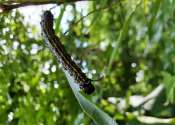Self-healing concrete could multiply lifespans of structures
Researchers at Worcester Polytechnic Institute (WPI) are using an enzyme found in red blood cells to create self-healing concrete that is four times more durable than traditional concrete, extending the life of concrete-based ...








